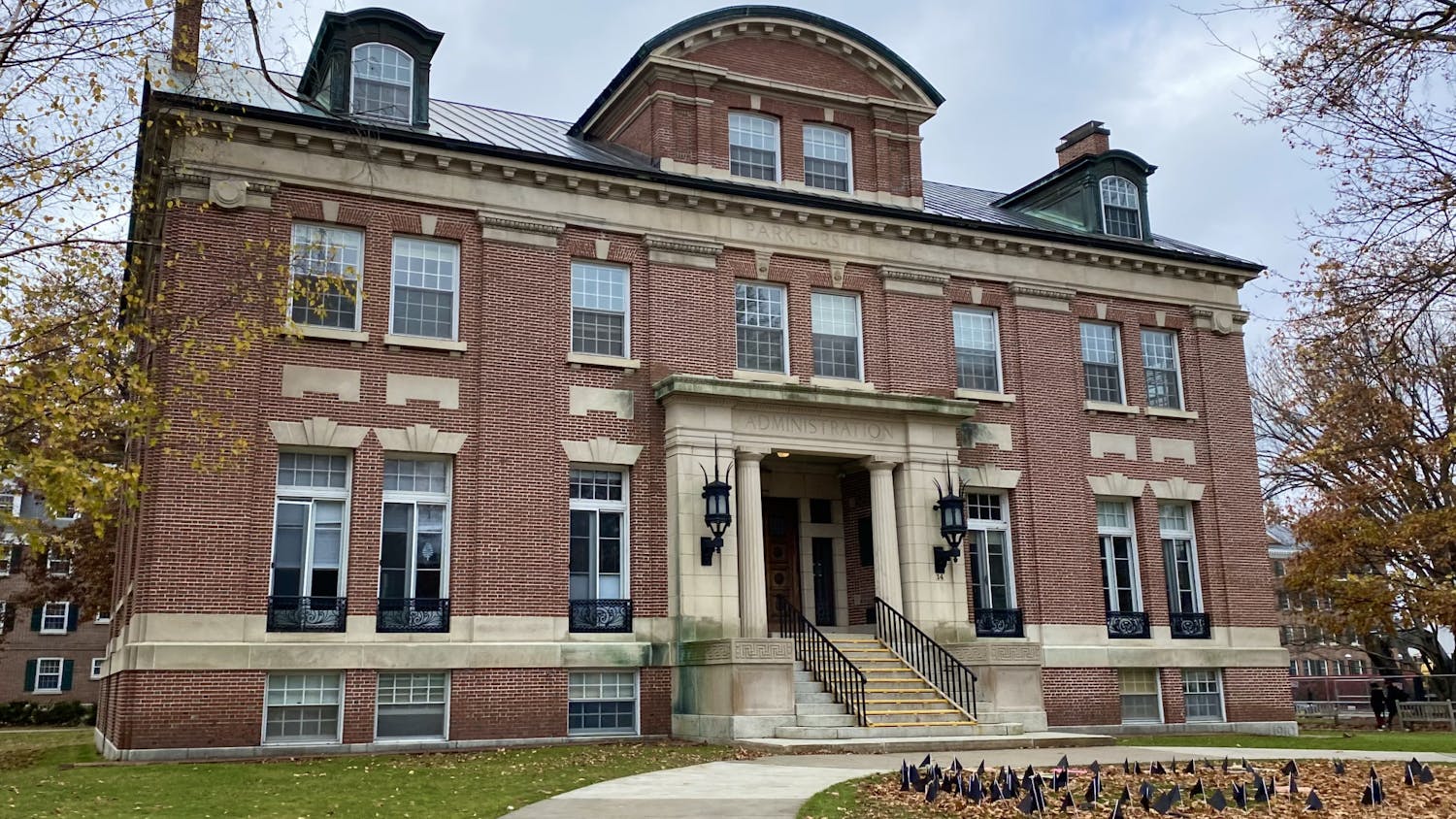As a first-generation college student, Caitlin Rosario Kelly, program manager for educational access and equity at the Dartmouth Center for Social Impact, didn’t have access to the resources she needed to navigate the college application process. To help students in the Upper Valley faced with similar challenges, SEAD — a college access program that connects first-generation low-income high school students with Dartmouth undergraduates — recently shifted its focus to students from Upper Valley high schools, specifically Hartford High School, Stevens High School and Rivendell Academy.
“We’re excited to be working with the community that we happen to be in already,” said Ashley Doolittle, associate director of the Center for Social Impact. “We were talking and looking at a lot of recent articles that have been written on how rural, low-income students are the most underrepresented population in higher [education]. We happen to be in a rural location with a wide array of socioeconomic strata.”
Though SEAD has worked with Upper Valley schools in the past, it has historically drawn students from schools across the U.S. SEAD will now focus on Hartford High School, Stevens High School and Rivendell Academy, which were picked through a pool of high schools within a 45 minute radius of Hanover.
“We wanted to be really mindful about creating something that would be easily integrated into the school and be mutually beneficial,” Doolittle said. “The schools are another stakeholder, and we’re really mindful that each stakeholder has a voice at the table.”
The new focus on local schools is not the only change to the model. Instead of selecting students during their freshman year of high school, the new model will select students during their sophomore year of high school and follow them until their second year in college. The new model is intended to allow SEAD to mentor and support the selected scholars through their transition into college.
“What you see in the field is that college access work is evolving and growing,” director of the Center Tracy Dustin-Eichler said. “The research right now [that is] focused on that transition shows that getting students into college isn’t enough. Really helping them be successful through that first year into their second year and through that liminal transition is an essential component to college success and graduation for students.”
The inaugural SEAD cohort will comprise 25 students selected from the three chosen Upper Valley high schools. The center will begin interviews for high school applicants by the end of February.
“The main thing that we’re looking for is students who are interested in college but potentially don’t have that background on how to make it happen,” Rosario Kelly said.
The center is also looking for students committed to developing their passions, as well as those who are excited about building a community of young people with similar values and interests for the future, Rosario Kelly said. She added that the interviews are intended to be genuine conversations focused on the students.
Doolittle said that the center will start promoting applications for summer undergraduate Dartmouth mentors starting this spring term. A one-year commitment will be required of undergraduate mentors, in order to sustain a sense of engagement with first generation high school students and the local community.
“One of the pieces that came out of this evaluation was that a local model, where we are within driving distance of our college, is best aligned with sustained relationships and long-term mentoring,” Doolittle said. “That consistent touch point over a four year period of time is really really effective in sheparding high school students through their last years of high school into their first few years of college.”



